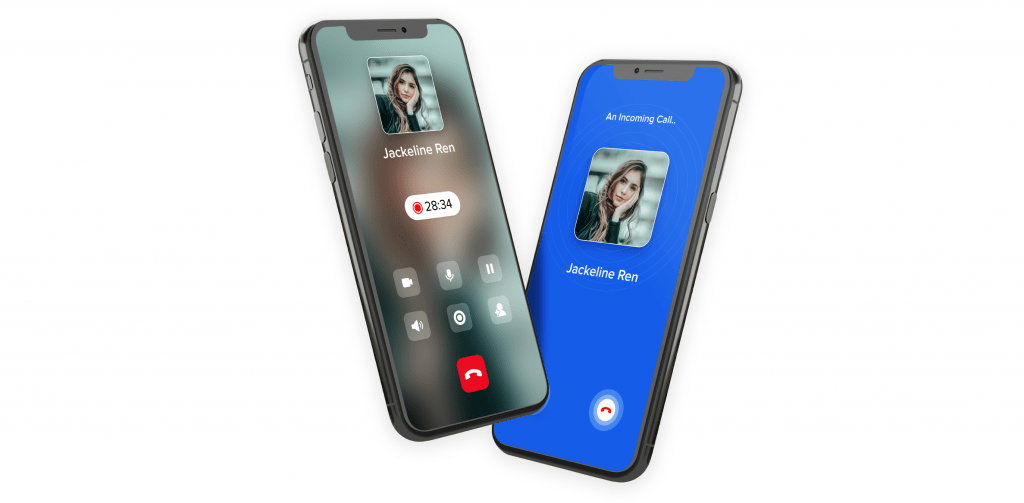Voice Call APIs: Essential Tools for Today’s Application Developers
Key Takeaways
- Voice Call APIs streamline communication capabilities in apps.
- Integration of Voice Call APIs can enhance user experience and engagement.
- Understanding the everyday use cases and capabilities of Voice Call APIs helps select the right solution.
- External resources highlight current trends and impacts of voice call technology.
Introduction to Voice Call APIs
Voice Call APIs are revolutionizing the way applications handle communication. They enable developers to incorporate high-quality voice-calling features directly into their apps, enhancing user interaction and engagement. By integrating a voice API, developers can streamline communication capabilities and provide users a better overall experience. Increasing the quality of communication within an app enhances user engagement and brings many other advantages that come with streamlined, efficient, and reliable voice-calling features. With the rise of remote work, online education, and telehealth, the demand for integrated voice communication is higher. Voice Call APIs allow applications to cater to this demand without significant infrastructure investment.
Furthermore, they offer customization and flexibility crucial for modern applications. Instead of relying on separate communication tools, developers can embed voice calling directly into their apps, creating a more cohesive and seamless user experience.
How Voice Call APIs Work
At their core, Voice Call APIs leverage the internet to transmit voice data. These APIs provide the tools to manage call quality, connectivity, and various features such as call recording and multi-party conferencing. This technology enables developers to seamlessly integrate voice calls into their applications without extensive backend infrastructure.
The process involves:
- Encoding voice data into digital packets.
- Transmitting them online.
- Decoding them at the receiving end.
This method ensures precise, reliable communication over long distances. Voice Call APIs handle the complexities of this process, allowing developers to focus on creating a user-friendly interface and smooth user experience. Additionally, APIs often have features like echo cancellation, noise suppression, and quality of service (QoS) management to enhance call clarity and reliability. Moreover, Voice Call APIs’ scalability allows apps to handle increasing users and calls without compromising performance. By leveraging cloud infrastructure, Voice Call APIs can dynamically allocate resources to manage varying loads, ensuring consistent call quality.
Everyday Use Cases for Voice Call APIs
- Customer Support: Many businesses are integrating voice call capabilities to offer real-time support, improving customer satisfaction and increasing the efficiency of resolving issues. By handling customer inquiries swiftly, companies can significantly enhance customer service operations and build stronger client relationships.
- Telehealth: Healthcare providers utilize voice calls to conduct remote consultations, which has become crucial for maintaining patient health, especially post-pandemic. Voice Call APIs enable doctors to diagnose, consult, and follow up with patients without needing in-person visits, making healthcare more accessible and convenient.
- E-Learning: Online education platforms enhance their offerings by incorporating voice call features for interactive learning sessions. This makes it easier for teachers and students to communicate in real time, improving the learning experience and helping replicate the traditional classroom environment in a virtual setting.
These use cases demonstrate the versatility of Voice Call APIs and their ability to meet diverse communication needs across various industries. By providing seamless voice communication, these APIs help businesses and platforms create more engaging and compelling user experiences. In sectors like finance and legal services, Voice Call APIs also play a crucial role by enabling secure and verifiable voice communication, which is essential for compliance and record-keeping. In social networking apps, voice call features can enhance user interaction by allowing friends and family to stay connected effortlessly.
Key Benefits of Incorporating Voice Call APIs
Incorporating Voice Call APIs into apps offers numerous advantages. It simplifies communication and offers flexible solutions that can expand along with the business requirements. Voice Call APIs reduce the complexity of building voice call features from scratch, saving time and development costs. Voice Call APIs can be easily integrated into existing systems, enabling businesses to enhance communication capabilities without overhauling their current infrastructure. This flexibility allows for businesses of varying sizes to utilize advanced voice communication features, ensuring they stay competitive and meet their users’ changing expectations.
Another significant benefit is cost efficiency. By using Voice Call APIs, businesses can avoid the substantial costs of traditional telecommunication solutions, such as maintaining physical phone lines and hardware. It also makes it easier for startups and smaller companies to access previously out-of-reach high-quality communication features.
Enhancing User Experience with Voice Calls
Meeting user expectations is vital. By integrating Voice Call APIs, applications provide a more intuitive and seamless user experience. Recent reports on voice technology highlight the importance of user-friendly communication tools. Voice Call APIs can significantly boost user satisfaction by making communication more natural and effortless. By offering features such as high-quality audio, low-latency connections, and user-friendly interfaces, Voice Call APIs help create a positive, engaging user experience. Communicating clearly and effectively is critical to user satisfaction and retention, whether for customer support, virtual meetings, or online classes.
Additionally, voice call technology can enhance accessibility for users with disabilities. For example, real-time transcription and voice commands can make it easier for individuals with hearing or mobility impairments to use the app effectively. This focus on inclusivity is becoming increasingly important for modern applications.
Challenges and Considerations
While there are many benefits, developers should be aware of potential challenges like connectivity issues and ensuring security and privacy. Addressing these considerations early can lead to a more robust implementation. Secure data transmission is crucial for maintaining user trust and compliance with regulations.
In addition, developers must consider factors like call quality, scalability, and user authentication when integrating Voice Call APIs. By proactively addressing these challenges, businesses can create a reliable and secure communication platform that meets their users’ needs.
Moreover, developers must be aware of the legal landscape concerning voice communications. Countries have varying regulations regarding call recording, data storage, and user consent. Follow these regulations to prevent legal consequences and uphold a positive brand reputation.
Future Trends in Voice Call Technology
The future of voice call technology is bright. Innovations like AI-driven voice assistants and enhanced speech recognition are set to redefine how we use voice calls in everyday applications. Keeping abreast of these trends will enable companies to take advantage of new opportunities consistently. Developers and companies should monitor emerging trends to remain competitive and meet evolving user expectations. Moreover, progress in natural language processing (NLP) and sentiment analysis can improve the functions of voice call technologies, allowing for more customized and anticipatory communication. By staying informed about these trends, businesses can ensure they are well-positioned to take advantage of new developments and provide cutting-edge solutions to their users. Another exciting development is integrating voice call features with other communication technologies, such as augmented reality (AR) and virtual reality (VR). It could lead to new ways of interacting through voice calls, providing users with immersive and engaging experiences beyond traditional voice communication.







